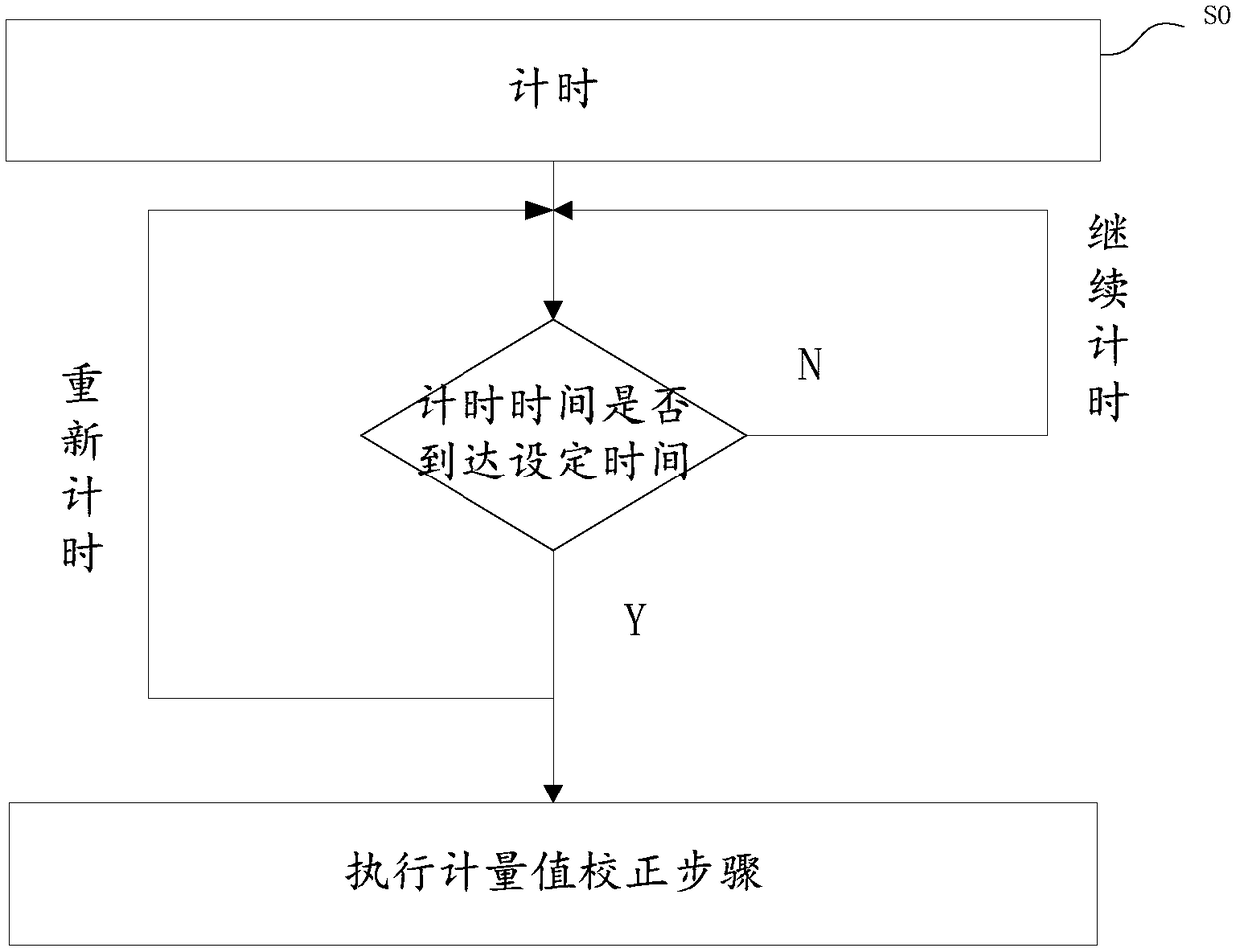
In this textbook, the fundamental physical quantities are taken to be length, mass, time, and electric current. The fundamental units described in this chapter are those that produce the greatest accuracy and precision in measurement. A microscopic standard has been accomplished for the standard of time, which is based on the oscillations of the cesium atom. When we express measured values, we can only list as many digits as we initially measured with our measuring tool. For example, if you use a standard ruler to measure the length of a stick, you may measure it to be 36.7cm.
Get help with access
The Greeks apparently used linear standards to establish their primary liquid measure, the metrētēs, equivalent to 39.4 litres (10.4 U.S. gallons). A basic Greek unit of weight was the talent (equal to 25.8 kg or 56.9 pounds), obviously credere definition and meaning borrowed from Eastern neighbours. Among the earliest of all known weights is the Babylonian mina, which in one surviving form weighed about 640 grams (about 23 ounces) and in another about 978 grams (about 34 ounces).

Measurement instruments and systems
- Finance Strategists is a leading financial education organization that connects people with financial professionals, priding itself on providing accurate and reliable financial information to millions of readers each year.
- To express the uncertainty int he Area in absolute form, we need to figure out what 2.7% of 9.00m is.
- Based on such considerations, the International Standards Organization recommends using seven base quantities, which form the International System of Quantities (ISQ).
- For example, we define distance and time by specifying methods for measuring them, whereas we define average speed by stating that it is calculated as distance traveled divided by time of travel.
- From this analysis, we derive some general conditions, which we propose to be sufficient to characterize measurement as a specific kind of designed empirical property evaluation.
- A common type utilizes a writing stylus that records measurements on a moving chart.
The relationship between the wavelength and frequency of electromagnetic radiation such as light is usually shown as a log-log plot (Figure 1.29 (b)). Log-log plots are also commonly used to describe exponential functions, such as radioactive decay. When you imagine the situation, you probably envision thousands of small stacks of 100 wrapped $100 bills, such as you might see in movies or at a bank. Since this is an easy-to-approximate quantity, let us start there.
Introduction to Physics
An alternative comparison process is quantization by counting, i.e., dividing the signal into parts of equal and known size and adding up the number of parts. Companies that use this method argue that all of the products produced using the same process should receive a proportionate share of the total joint production cost (based on the number of units produced). Electric current and its accompanying unit, the ampere, will be introduced in Introduction to Electric Current, Resistance, and Ohm’s Law when electricity and magnetism are covered.
In the former case, the discrepancy between the measured value and the actual value is called a systematic error. In any system of units, the units for some physical quantities must be defined through a measurement process. These are called the base quantities for that system and their units are the system’s base units. All other physical quantities can then be expressed as algebraic combinations of the base quantities. Each of these physical quantities is then known as a derived quantity and each unit is called a derived unit. The choice of base quantities is somewhat arbitrary, as long as they are independent of each other and all other quantities can be derived from them.
Signed in but can’t access content
The table below gives metric prefixes and symbols used to denote various factors of 10. Five Roman feet made the pace (passus), equivalent to 1.48 metres or 4.86 feet. The royal cubit (524 mm or 20.62 inches) was subdivided in an extraordinarily complicated way.
The following rules can be used to determine the uncertainty in calculations as long as the measurements going into the calculation have small uncertainties (a few percent or less). There is uncertainty in anything calculated from measured quantities. For example, the area of a floor calculated from measurements of its length and width has uncertainty because the length and width have uncertainties. Before we discuss how to include uncertainties in calculations, we need to understand the difference between absolute uncertainty and percent (or relative) uncertainty.
They are also useful for presenting large amounts of data or data with complicated trends in an easily-readable way. In [link], point out to students the importance of precision in their measurements. Greater precision allows measurements to be less uncertain, and therefore, a close approximation rather than a guesstimate. Therefore, there are two ways to express the uncertainty in a measurement – in absolute form or in % form. For such reasons we use equipment to quantify our measurements and do not rely on our subjective senses.
Recent Comments